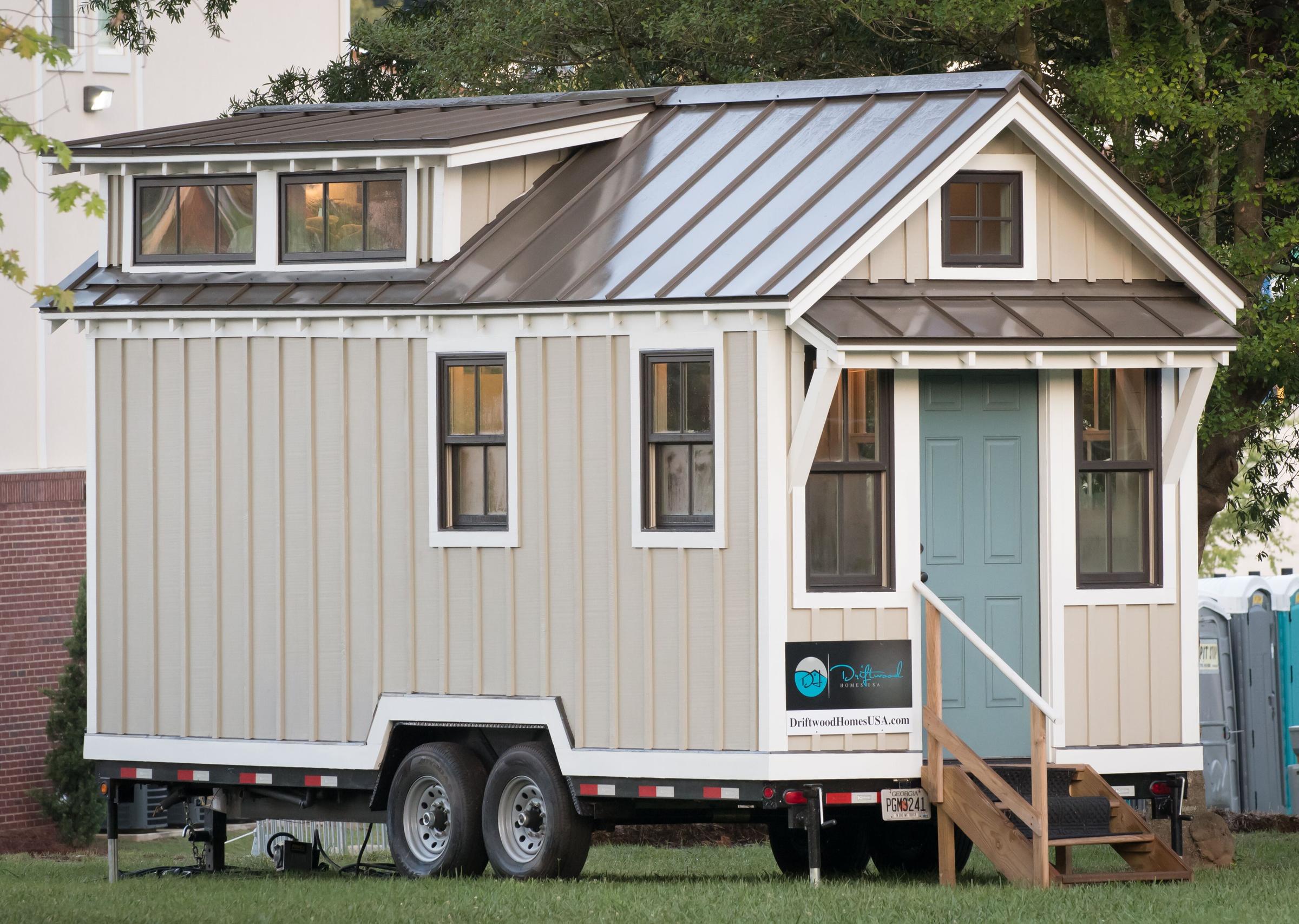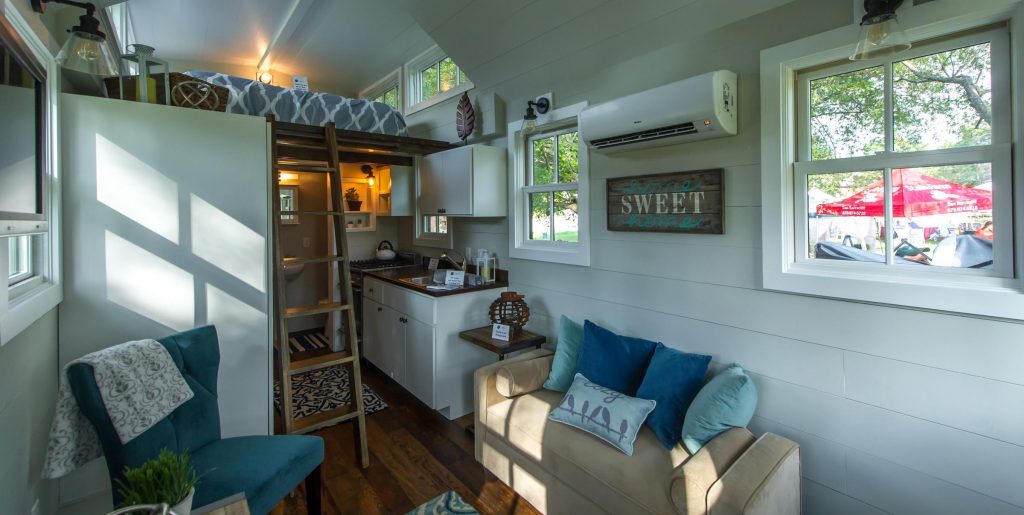A Guide To Understanding The Tiny House Movement

Less space doesn’t have to mean less style, declares HGTV’s “Tiny House Hunters,” a show about families seeking to downsize their living spaces to under 600 square feet.
You might be wondering what this lifestyle is really about and how an entire family could function in less than 600 square feet. Will Johnston, founder and CEO of Tiny House Atlanta, a nonprofit that seeks to build sustainable micro communities and bring awareness to microliving in Georgia, explains.
What is the tiny house movement all about?
Johnston believes that what makes people happy in life are their experiences and the people they interact with, not money or possessions. In his words, the tiny house movement “is a movement realizing that happiness is not stuff and that we as Americans need to learn how to shrink our footprints to have better lives.”
What does the term “microliving” mean?
If you look more into the tiny house movement, you’ll see terms like “microliving” or “microhousing.”
“’Microliving’ is just the means behind the tiny house movement — of the actual day-to-day existence — of being able to utilize smaller spaces,” Johnston said.
But downsizing doesn’t mean you have to sacrifice what makes you happy, Johnston added. It is important to make space for your hobbies. If you enjoy cooking, make space for cooking. If you’re an artist, give room to make your art.

Why do people want to join the tiny house movement?
According to tinyhousetalk.com, a lifestyle blog founded by a tiny house dweller, Alex Pino, the benefits to downsizing include less time cleaning and maintaining the house and cheaper monthly bills. Overall, the blog says, tiny houses feel cozy and are better for the environment than average-size houses.
“It’s really fascinating how people are just looking to this movement to have more time, more money and more freedom of their daily lives,” Johnston said.
How big is the average tiny house?
It depends on the kind of tiny house you are talking about, Johnston said. There are tiny houses on wheels and tiny houses on foundations.
He says tiny houses on wheels are usually 200 to 300 square feet and tiny houses on foundations are 400 to 600 square feet. He says people need at least 200 square feet to themselves.
How does plumbing work in tiny houses?
In a tiny house on foundation, plumbing works the same as in a bigger house. On wheels, plumbing works as it would in an RV, with a sewer hookup. However, Johnston said that another option for plumbing is compost toilets.
How much does a tiny house cost?
It depends on how much space you need, but Johnston says the cost of tiny houses ranges from $30,000 to $100,000.
Can you build your own tiny house?
Yes, and many people have built their own tiny homes. You’ll have to purchase blueprints and materials, but Johnston said that building your own tiny house would cost you more in time. He also recommends utilizing trained professionals like plumbers and electricians.
“There are some things that need to be done right,” he said. “You don’t want to make a mistake that will end up costing you in the end.”
What are the challenges that come with owning a tiny house?
If you decide to move into a tiny house, you’ll have to do a lot of planning so you can create a space that works best for you. Aside from space issues, a tiny house on wheels comes with its own unique challenges.
“We’re working on to change legislation and the idea behind what a tiny house on wheels is,” Johnston said. “The tiny houses on wheels are still seen as recreational vehicles, which you’re not allowed to live in full time within a metropolitan city. So we are trying to change the idea and definition of what they are so people have this as a full-time option.”
Finding a place to legally park your tiny house on wheels is another challenge. Some tiny house dwellers use Facebook groups and RV parking websites to find places to park.
“There are communities popping up across the nation,” Johnston said, “but also, those communities can be far out from anything you want to be near.”
Finally, is a tiny house a practical investment?
Some say no. While you may be saving money on monthly rent or mortgage payments, you might be better off in the long term if you invest in an average-size home because tiny houses are less marketable and have fewer buyers, a Forbesarticle says.
However, Johnston says that the tiny house movement is not about the money in the first place.
“If that’s what you want — if that’s what your goal is — is that you think you need all this money, you’re missing the point of why people see this differently,” he said.
He argues that the tiny house movement is too new for it to have a lot of value. At the same time, he doesn’t want too much value to be added because that would make tiny houses less affordable.
“I don’t think it should be judged on the fact that it’s gotta make you money,” he added. “It’s gotta be your home first and foremost.”








